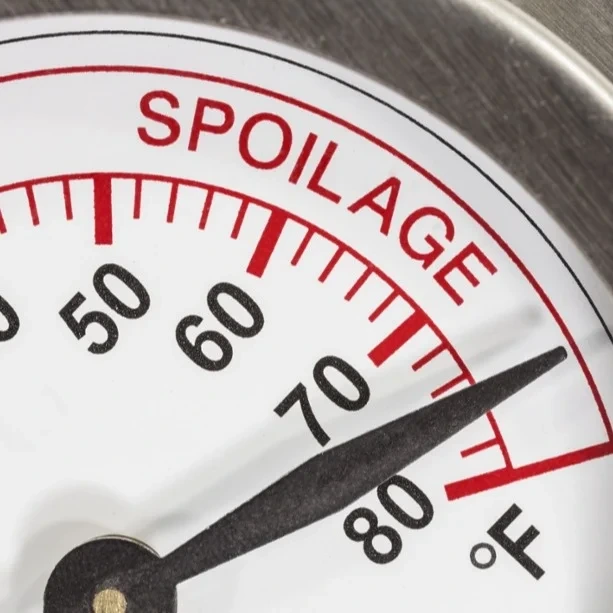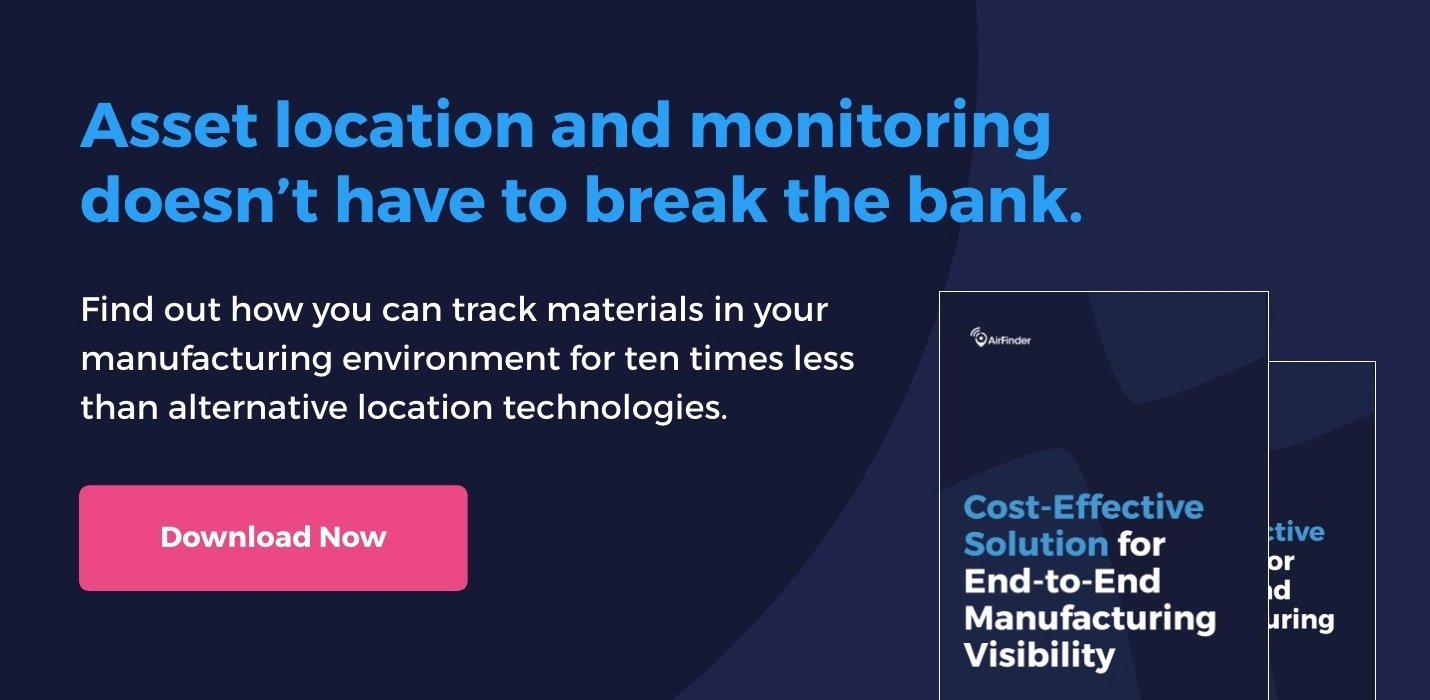Maintaining an unbroken cold chain for temperature-sensitive products is always a challenge. But the complexities are fewer when you’re simply storing products as opposed to transporting them. Cold chain storage could require just a thermometer, clipboard, and the human resources for periodic monitoring; transportation requires temperature maintenance and continuous cold chain asset monitoring systems across multiple environments, a process that is also often subject to transport delays, infrastructure issues, and numerous personnel interacting with the product. Using a quality, connected logistics temperature sensor won’t address all these challenges, but it will set your cold chain maintenance process up for success.
Cold Chain Maintenance: Sensor Infrastructure
Monitoring cold chain sensors do exactly what you would expect: track environmental temperatures so you are informed about instances where the temperature has gone out of range.
Sensor technology as it pertains to maintenance of the cold chain can be quite simple. There are numerous models available, many of which monitor humidity levels in addition to temperature, and all with varying degrees of accuracy. The highest-quality cold chain sensors require no calibration and are extremely accurate. But keep in mind that not all types of products require exact cold chain storage temperature monitoring, so you may wind up paying extra for a level of accuracy you don’t actually need. Other things to keep in mind when choosing a sensor are:
- Power consumption/power supply—Is the sensor battery-powered? Are the batteries rechargeable or disposable? How much power does it consume? This is important because the frequency of changing or recharging batteries will affect overall cost.
- Shock-resistance—Some sensors are designed to handle bumps and jolts better than others. If your product is likely to encounter a great deal of instability during transport, choose a sensor that’s built to handle it.
Very few companies that offer sensor solutions make the actual temperature sensor chip. To find out more about the quality of any solution’s circuit component, ask the solution provider about the part they use in their device. You can then look up the parts’ datasheets and compare them to choose the best one for your needs.
Download our free whitepaper to learn how cold chain asset monitoring with IoT technologies can improve visibility inside your manufacturing facility.
Cold Chain Maintenance: Sensor Logistics
Once you’ve chosen a temperature sensor for cold chain, you need to build out processes surrounding its use. Things to consider include:
- Setting it up—If you’re using a simple data logger to monitor temperature, you’ll have to configure it before use to set things like sampling frequency and start/stop times. Or, if your advanced sensor solution uses BLE, RFID or WiFi, you’ll need to follow the steps to get the device connected, which may include setting passwords or configuring SIM cards.
- Return of the sensors at the end of transport—Most sensors aren’t disposable, so you’ll need to create a process for how they’ll be returned to you after a transport is complete.
- Handling temperature anomalies—Create a workflow defining how workers should proceed if the temperature falls outside the acceptable range. In some cases the best you can do is cut your losses by aborting the transport. In others, there may be a way to use the real-time data to take corrective action.
- Data analysis—Examining sensor data could reveal insightful patterns. For example, you may notice that a particular trailer that always drives to the same destination has a higher rate of temperature anomalies than others. If that’s the case, repair work may be all that’s required to solve the problem.
Also, keep in mind that your investment in cold chain infrastructure could provide even greater return if you use it to measure other things that have an impact on temperature. For example, knowing the amount of current your refrigerator is drawing, compressor cycle times, and how often the door is being opened (or left open) can help you troubleshoot before problems manifest during transport. These measurements aren’t technically components of the cold chain, but they do make a difference.
Looking for a simple, cost-effective cold chain maintenance solution?
Take a look at AirFinder. Our sensors provide real-time data using minimal technology, and they can be used to monitor a variety of environmental conditions in addition to temperature. Visit our product page or contact us to learn more.





